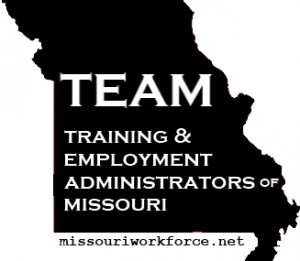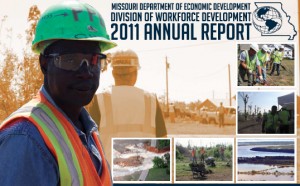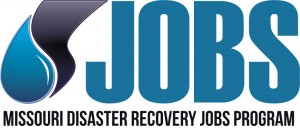Unemployment trends continue to confound the economy two years after the Great Recession and related financial crisis of 2007 to 2009. As a result, the Federal Reserve Bank of Kansas City is joining with other Reserve Banks to find ways to facilitate more workforce training programs.
Complementing the many workforce development activities being planned this year by Federal Reserve Banks across the nation is the National Conference on Workforce Development to be hosted by the Kansas City Fed, in partnership with the Atlanta Fed, on Sept. 19 and 20, 2012. [Read more…]



